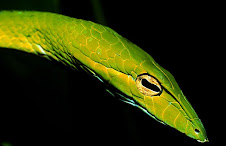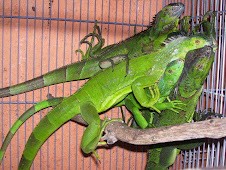
Lemon Pastel

Lemon Pastel Again???hehe

Albino Candy Cane Corn Snake

6ft Albino Burmese with a VERY LOW PRICE!!!!

SEE...how BIG and TAME the Whitey?

Ferret...albino and normal .20 pairs...CUTE RigHT????

Savu phyton...almost 5ft And SUPER TAME
underground_breakers89@yahoo.com. 0173580919-GUNZ. ALL STOCK ARE AVAILABLE NOW ...THANKS...

The beautiful pit-viper occurs in only a small part of Southeast Asia, which is Southern Thailand and northern Peninsular Malaysia. This viper is aptly-named due to its vivid patterning of jagged redddish and purplish spots and bands across the dorsum and flanks as well as the head. An ill-defined white ventrolateral line is present while the eyes are white.
Not much is known about the ecology of this small-bodied arboreal viper species, but it is believed to be similiar to Trimeresurus kanburiensis, which has a similiar pattern but different range, and is almost indistinguishable on surface appearance from Trimeresurus venustus. This viper species feeds on frogs, lizards and small mammals in the wild

Size : up to 1.5 m
The Sumatran pit viper is a rare viper species that is limited to Peninsular Malaysia, Sumatra and Borneo in Southeast Asia. This very large and magnificent viper species is green in colouration with a series of black bands across the body. The scales throughout the body have thick black borders, giving the appearance of an intricate network of green spots. There is a white ventrolateral stripe and the ventrals greenish white while the tail is reddish brown. The irises are copper in adults and whitish in juveniles.
The ecology of this rare pit viper species is poorly-known but it is regarded to be highly dangerous due to its large size, which should correspond with the amount of venom it could possibly inject in a single bite. The fangs are also remarkably long, measuring around an inch in large adults. It is believed to feed on birds and small mammals in the wild, as a captive specimen (now deceased) fed on laboratory mice.

Size : up to 80 cm
The mountain pit-viper is a terrestial viper that occupies upper-level rainforest. Its base colouration ranges from dark to reddish brown with black splotches and irregular bands across the dorsum. There is a triangular dark patch on the top of the head while a series of three whitish stripes run from near the orbit to the lower jaw and throat. A brown postocular streak connects with the rest of the body.
The irises are grey with a black pupil bordered by red. Neonates are miniature versions of adults with white eyes and more intense colouration. The mountain pit-viper hunts small mammals in the wild but a specimen in captivity fed on quails. Another captive female specimen laid up to 17 eggs which did not survive incubation. This species occurs in isolated pockets of Southeast Asia, in Vietnam, Thailand, Peninsular Malaysia and Indonesia (Sumatra).

Length: Max. 100 cm. The male remains smaller than the female.
Behaviour/habitat:
The Wagler’s Pit Viper is nocturnal snake and a resident of the lowlands. It lives in primary and secondary forests and in mangrove forests. In these forests, it is mostly found in bushes and on branches at a height of 2 meters. These snakes do not move very much and sometimes spend weeks in the same spot without moving. In general, the animal does not bite quickly but can strike out extremely quickly.
 olla every body..just want to inform that the new item is coming into town..hehe red tail racer ..nice right ..here were the detail:)
olla every body..just want to inform that the new item is coming into town..hehe red tail racer ..nice right ..here were the detail:)A handsome species, the Golden Tree Snake can be found in various habitats including secondary forests, plantations, agricultural areas and rural gardens. Like the Paradise Tree Snake, this snake is able to glide through the air.
| | |
|
|
Despite the name, the attractive patterning is actually green or greenish-yellow on a black background. It preys on mice, lizards, and other snakes.
This sub-species ranges from Burma, Thailand, Indochina and southern China to northern Peninsuar Malaysia. It is common in the Phang-nga / Krabi area of Southern Thailand. It does not occur in Singapore.






